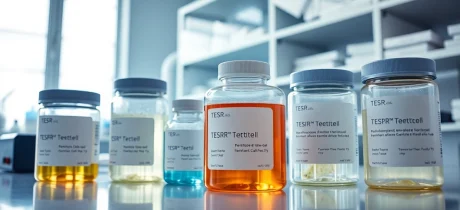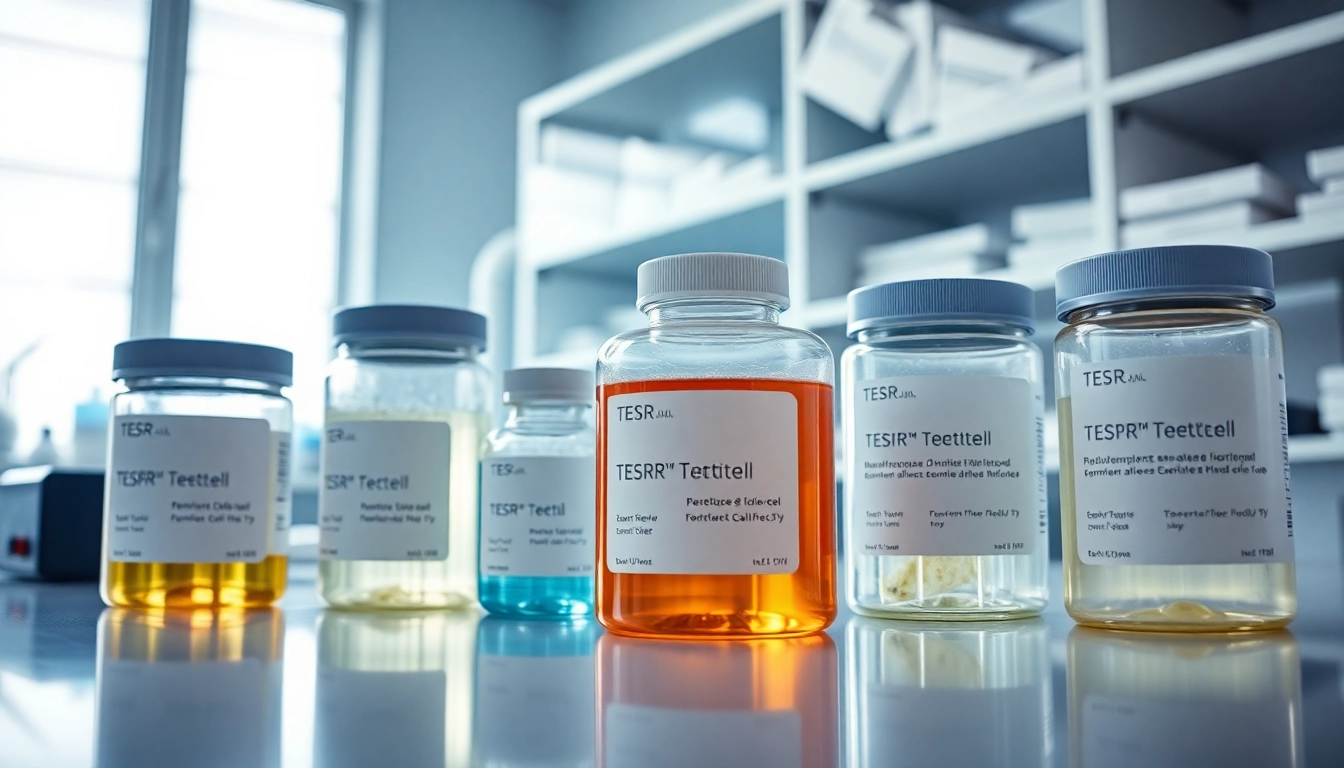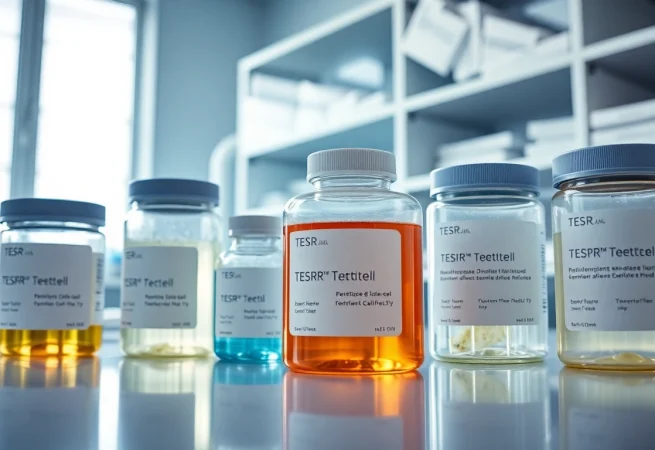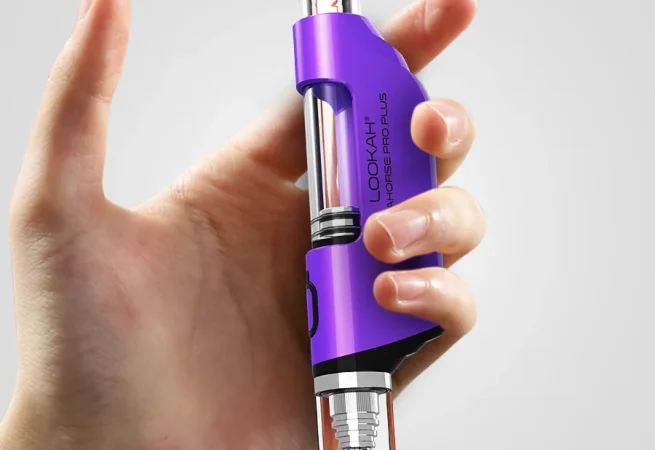

Advanced Insights into TeSR™ Feeder-Free Pluripotent Stem Cell Media for Optimal Research
Introduction to TeSR™ Feeder-Free Media
In the rapidly advancing field of stem cell research, the significance of high-quality culture media cannot be overstated. For those working with human embryonic stem (ES) and induced pluripotent stem (iPS) cells, the all check TeSR™ family of feeder-free media offers revolutionary options. Developed to provide researchers with ideal environments for culturing pluripotent stem cells (PSCs), these formulations serve as vital tools for reprogramming, maintaining, differentiating, and cryopreserving human stem cells.
What are Pluripotent Stem Cells?
Pluripotent stem cells possess the unique capability to develop into any cell type within the human body. This remarkable feature makes them invaluable for various applications in regenerative medicine, drug discovery, and disease modeling. PSCs can self-renew indefinitely in culture, providing unlimited quantities of cells for research and therapeutic uses. Human ES cells, derived from the early embryo, and iPS cells, generated by reprogramming somatic cells, are two principal types of pluripotent stem cells.
The Importance of Feeder-Free Culturing
Feeder-free culturing methods have emerged as a crucial advancement in stem cell research. Traditional stem cell culture techniques often rely on feeder layers, composed of mouse embryonic fibroblast cells, to support stem cell growth. While effective, these systems introduce variability due to animal-derived components, posing risks of contamination and immunogenic responses. Feeder-free media, like TeSR™, eliminate these concerns by providing a controlled, defined culture environment that promotes better consistency, reproducibility, and scalability in stem cell research.
Overview of the TeSR™ Media Types
STEMCELL Technologies has developed a range of TeSR™ media formulations, each tailored for specific applications within the realm of pluripotent stem cell research. The flagship products include:
- eTeSR™: An enhanced version of the original TeSR™ designed for optimal cell growth.
- mTeSR™ Plus: A maintenance medium with advanced buffering to maintain cell viability even during extended culture periods.
- TeSR™-AOF: A formulation free from animal or human materials, focusing on safety and regulatory compliance.
- mTeSR™1 and mTeSR™1 Without Phenol Red: Designed for reliable performance in standard and specialized cultures.
- TeSR™-E8™: Based on a simplified formulation that supports ES and iPS cell maintenance with essential components only.
- RSeT™ Feeder-Free Medium: A versatile medium for reprogramming and differentiation.
- hPSC Suspension Culture Scale-Up Media: For researchers looking to expand cultures effectively.
Key Applications of TeSR™ Media
Stem Cell Maintenance and Expansion
Efficient maintenance and expansion of pluripotent stem cells is pivotal for any research effort aimed at understanding cellular mechanisms, developing treatments, or generating regenerative therapies. TeSR™ media formulations, particularly mTeSR™ Plus and TeSR™-E8™, provide robust environments that support the growth and maintenance of hPSCs while minimizing cell differentiation. The careful balance of growth factors, nutrients, and signaling molecules ensures that stem cells remain pluripotent and capable of differentiation into desired lineages.
Strategies for Differentiation
Once PSCs are adequately maintained, differentiation strategies can be initiated to guide cells toward specific lineages. With products like TeSR™-E5 and TeSR™-E6, researchers can efficiently push hPSCs towards specific applications, whether that be cardiac, neuronal, or hematopoietic cells. Each differentiation medium is carefully designed to replicate the in vivo environment and provide the right signals for successful lineage specification. For example, the innovative formulation in TeSR™-E5 is aimed specifically at generating definitive endoderm, vital for generating liver and pancreatic cells.
Protocols for Cryopreservation
Cryopreservation is an essential technique for storing pluripotent stem cells for future use. Utilizing specialized formulations such as mFreSR™ and FreSR™-S ensures that cells can be frozen, stored, and rapidly thawed without losing viability or functionality. This capability is crucial for banking cell lines, facilitating the sharing of cells between laboratories, and ensuring the preservation of genetic and phenotypic integrity.
Comparative Analysis of TeSR™ Products
Feature Comparison of mTeSR™ and TeSR™ -E8™
When comparing mTeSR™ and TeSR™-E8™, key distinctions arise. mTeSR™ is particularly noted for its robust performance in maintaining hPSC cultures through its unique formulation, which incorporates a broader range of supporting factors. In contrast, TeSR™-E8™ simplifies the formulation to retain only critical components necessary for maintenance, favoring researchers focused on streamlined processes without compromising stem cell quality.
Unique Benefits of mTeSR™ Plus
mTeSR™ Plus represents a significant advancement in feeder-free media, with its enhanced buffering system being a standout feature. This capability helps mitigate medium acidification during periods between media changes, ensuring that cell health is maintained over extended culture durations. The stability achieved with mTeSR™ Plus supports long-term experiments, reducing the need for frequent interventions that can introduce variability or stress to the cell cultures.
Why Choose TeSR™-AOF?
For researchers concerned about safety and regulatory compliance, TeSR™-AOF offers peace of mind by being free from both human and animal materials. This formulation minimizes potential risks associated with zoonotic infections, making it an ideal choice for applications in clinical settings and therapeutic development. Furthermore, being manufactured under relevant cGMP guidelines ensures high-quality standards are met throughout production.
Research Insights and Expert Interviews
Dr. Joseph C. Wu on Hematopoietic Differentiation
Dr. Joseph C. Wu emphasizes the importance of robust media like TeSR™ in the successful differentiation of PSCs into hematopoietic cells. According to Dr. Wu, the precision of media composition can significantly impact the efficiency of deriving specific hematopoietic lineages, which are essential for understanding blood disorders and potential therapies.
Dr. Andrew Elefanty’s Insights on Definitive Endoderm
Dr. Andrew Elefanty’s work highlights the differentiation of hPSCs into definitive endoderm using specific TeSR™ formulations. He discusses how optimized culture conditions yield better results in producing cells that can further mature into specialized derivatives, such as pancreatic or hepatic cells, which are pivotal for investigating metabolic diseases.
Dr. David Hay on Bioreactor Culture
Dr. David Hay notes the increasing relevance of bioreactor systems in stem cell production scalability. He advocates for media like mTeSR™ being tailored for bioreactor conditions, where maintaining cell health and functionality is critical for high-volume stem cell generation. The promise of bioreactor technology alongside optimized media formulations opens new avenues in cell therapy advancements.
Quality Control and Compliance in hPSC Culture
The Role of cGMP in Media Production
Current Good Manufacturing Practices (cGMP) play a vital role in ensuring that every batch of media produced meets stringent safety and efficacy standards. Adhering to these guidelines not merely confirms product quality but also safeguards against variations that could compromise research results or clinical applications. The cGMP-compliant manufacturing processes of TeSR™ media enhance reliability in results obtained from stem cell cultures.
Minimizing Variability in Research
Standardizing environmental factors and media formulations is essential to reduce variability in hPSC research. TeSR™ media’s carefully designed compositions enhance reproducibility by providing consistent growth conditions, fostering uniformity across experimental outcomes. This consistency is crucial, particularly in multi-center studies where variances could lead to conflicting results.
Challenges and Solutions for Maintaining hPSC Quality
Despite advancements, maintaining the quality of hPSCs presents ongoing challenges. Variables such as genetic drift, culture stability, and contamination risks remain critical concerns. Implementing rigorous quality assessment protocols, utilizing hPSC-karyotyping, and employing robust monitoring ensure that stem cell lines retain their pluripotentiality and genomic integrity. Adopting practices like regular media changes, optimal density control, and appropriate cryopreservation techniques can significantly enhance the longevity and quality of stem cell cultures.










